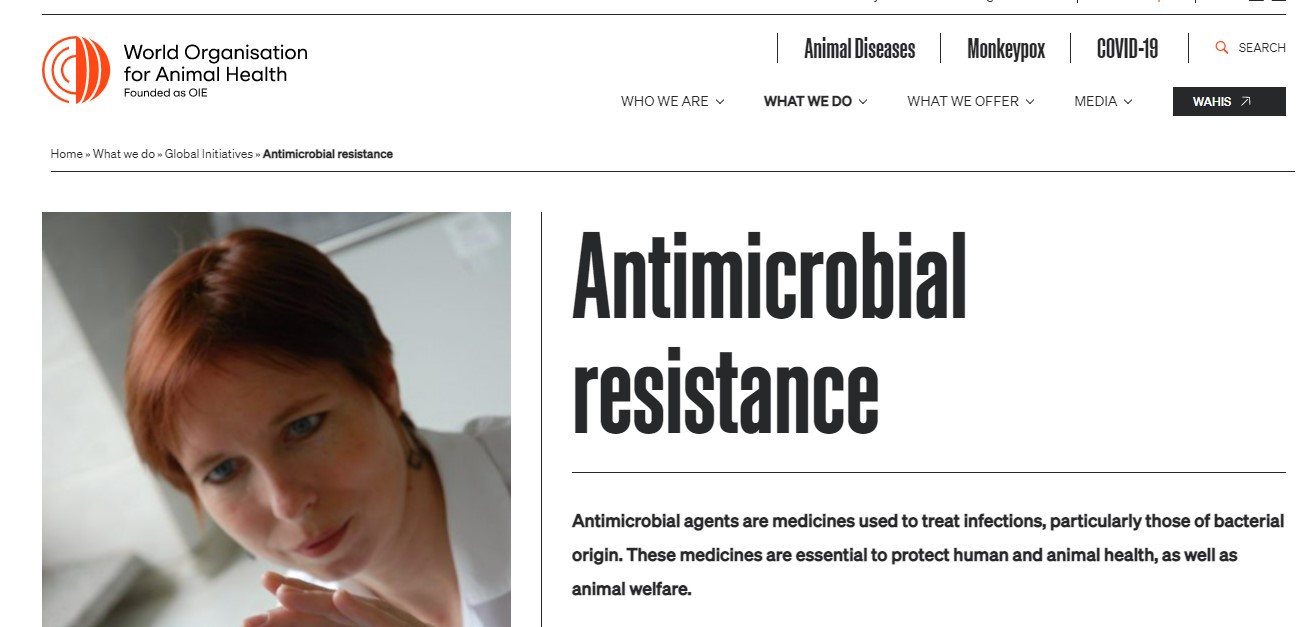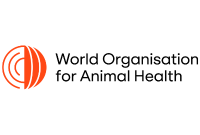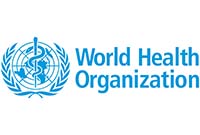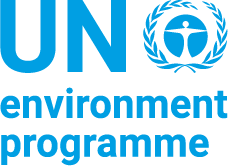
Food and Agriculture Organization of the United Nations
World Organisation for Animal Health
World Health Organization
United Nations Environment Programme
Antimicrobial agents are essential drugs to combat infections in humans and animals. In recent decades, the world has been confronted with the accelerated emergence of resistant bacteria, viruses and parasites due to the overuse and misuse of antimicrobial agents. Antimicrobial resistance (AMR) is currently posing an extraordinary threat not only to human and animal health, but also to the world ecosystem. A shared responsibility from the human, animal and plant sectors is required to minimise pressure for the selection of AMR factors under the One Health approach from regional, national to international levels. AMR is one of the three flagship topics selected for a collaboration by the "Tripartite", or the Food and Agriculture Organization of the United Nations (FAO), the World Health Organization (WHO), and the World Organisation for Animal Health (WOAH).
The World Organisation for Animal Health Regional Representation for Asia and the Pacific and Sub-Regional Representation for South East Asia have been organising activities on AMR and AMU (antimicrobial usage) since 2018 to support Members in the region in driving the agenda of AMR/AMU.
Working together to fight antimicrobial resistance in Asia
Since 2022, we are addressing AMR and AMU through a significant three-year project in the region, the EU-funded “Working together to fight antimicrobial resistance in Asia.” Together with the Food and Agricultural Organization of the United Nations (FAO) and the World Health Organization (WHO), we are working with identified Member countries to prepare for and address AMR through a coordinated One Health approach. For more information, see our project page.
Antimicrobial Resistance Multi-Partner Trust Fund
The Antimicrobial Resistance Multi-Partner Trust Fund (MPTF) combats the threat of antimicrobial drug resistance through strategic collaboration, sustainable streams of capital, and Sustainable Development Goal-focused responses that support localised ‘One Health’ National Action Plans. With partners, WOAH supports Members’ efforts to address AMR in the region via the following projects.
Key activities
WOAH conducts further key activities, including:
For more information, see our activities in the region.
The World Antimicrobial Awareness Week (WAAW) is used to highlight the health risks posed by antimicrobial resistance and to promote good practices in this area of concern, in efforts to limit the emergence and spread of resistant bacteria throughout the world. Every year, WOAH supports Members to conduct awareness-raising activities.
WAAW (2025) Act Now: Protect Our Present, Secure Our Future
WAAW (2024) Educate. Advocate. Act now.
WAAW (2023) Preventing antimicrobial resistance together
WAAW (2022) Preventing antimicrobial resistance together
WAAW (2021) Spread awareness, stop resistance
WAAW (2020) Antimicrobials: Handle with Care
WAAW(2019) including various communication tools and members’ activities
WOAH created and published communication materials for AMR awareness raising and the RRAP and SRR-SEA supported Members to translate these materials into various languages.




